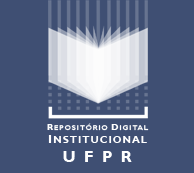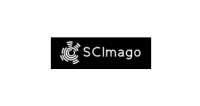ISOLATION AND CHARACTERIZATION OF STEM CELLS FROM YOLK SAC DOMESTIC PORCINE (Sus scrofa)
Keywords:
cell culture, extraembryonics membranes, mesenchymal stem cell, swine yolk sac, sus scrofaAbstract
Embryonic stem (ES) cells are pluripotent cells that are able to generate a whole organism. The ES cells give rise to rapidly dividing fetal stem (FS) cells, which are responsible for fetal growth and development. Therefore, this study aimed to analyze the cells from the yolk sac to characterize this cells as to potential as a possible source of pluripotent stem cells for future use in regenerative therapy. The yolk sac tissue was collected from the embryos in the early stage of gestation (30d) and explants from YS were plated with medium culture 15% fetal bovine serum and incubated at 37ºC in a humidified atmosphere of 5% CO2. Trials were made for concentration and cell viability, cell growth evaluation, and the characterization by flow cytometry using specific antibodies (CD105, NANOG, CD45 and Oct-3/4), immunocytochemistry using the following antibody: CD90, CD105, CD117, vimentin, Stro-1, Oct-4, VEGF, beta tubulin, Cytokeratin and PCNA and Osteogenic, adipogenic, and chondrogenic differentiation assays. The yolk sac cells showed adherence to plastic and a spindle-like morphology, they reached confluence of 70% in about 20 days, these cells were maintained until passage 4, where later cell death occurred. These cells had similar imunofenoipagem the mesenchymal stem cells and hematopoietic cells expressing markers such as CD105, CD90, CD117, vimentin, Stro-1, Oct-4, VEGF, Beta Tubulin, Cytokeratin, Nanog and PCNA. These cells can be classified as pluripotent cells, in other words, possessed self-renewal and multi-lineage differentiation potency, which could differentiate into chondrocytes, adipocytes and osteocytes. The pYS cells would provide an ideal cell resource for regenerative medicine and tissue engineering.
Downloads
Published
How to Cite
Issue
Section
License
Authors that wish to publish in AVS agree with the following conditions:
- To keep copyright of the article and allow the AVS to publish the first time. The article will be licensed by Creative Commons - Atribuição 4.0 Internacional allowing the sharing of their work.
- Authors may distribute their work by other channel of distribution (ex.: local or public repository).
- Authors have the permission to publish their work online, using different channels (similar to above), even before the final editorial process.













